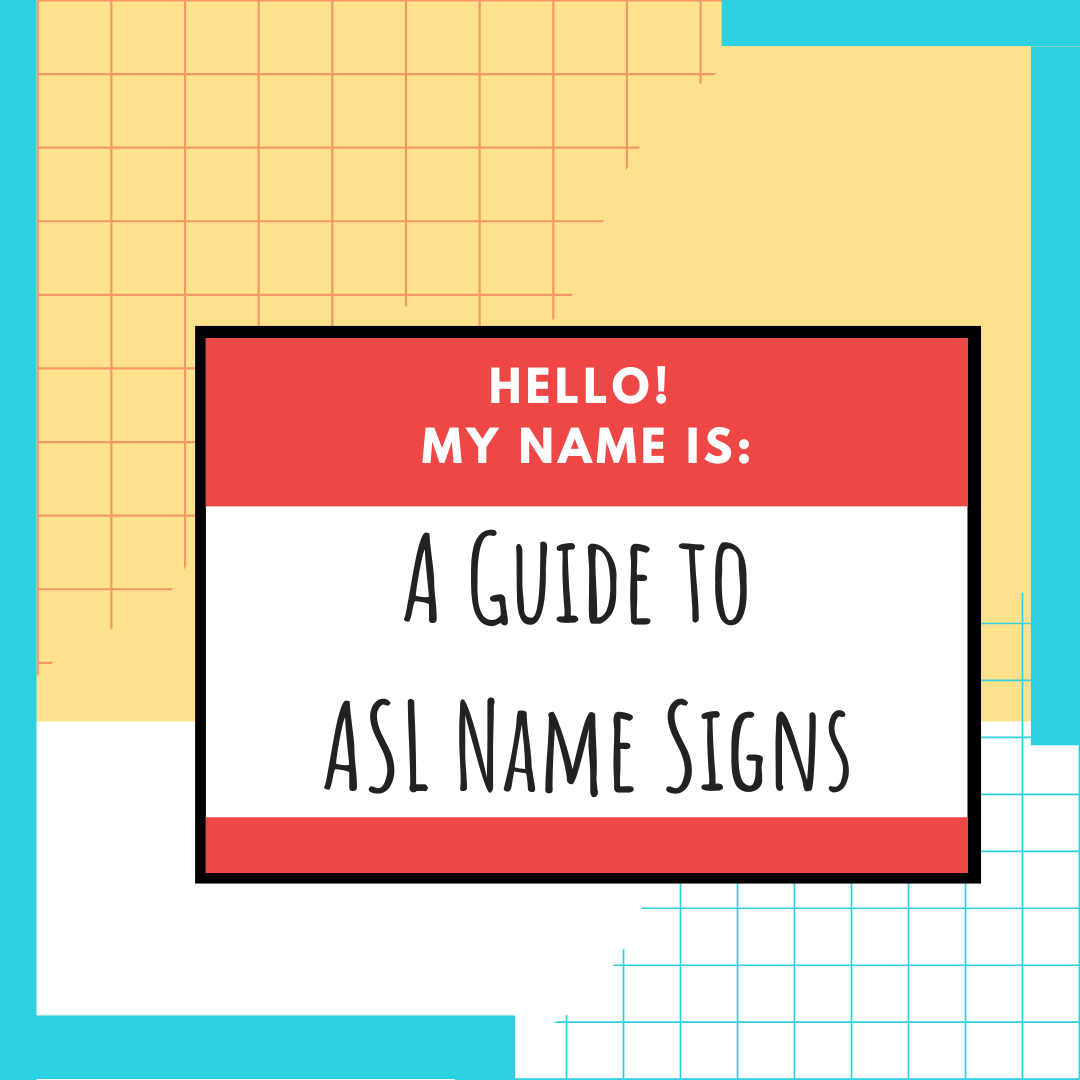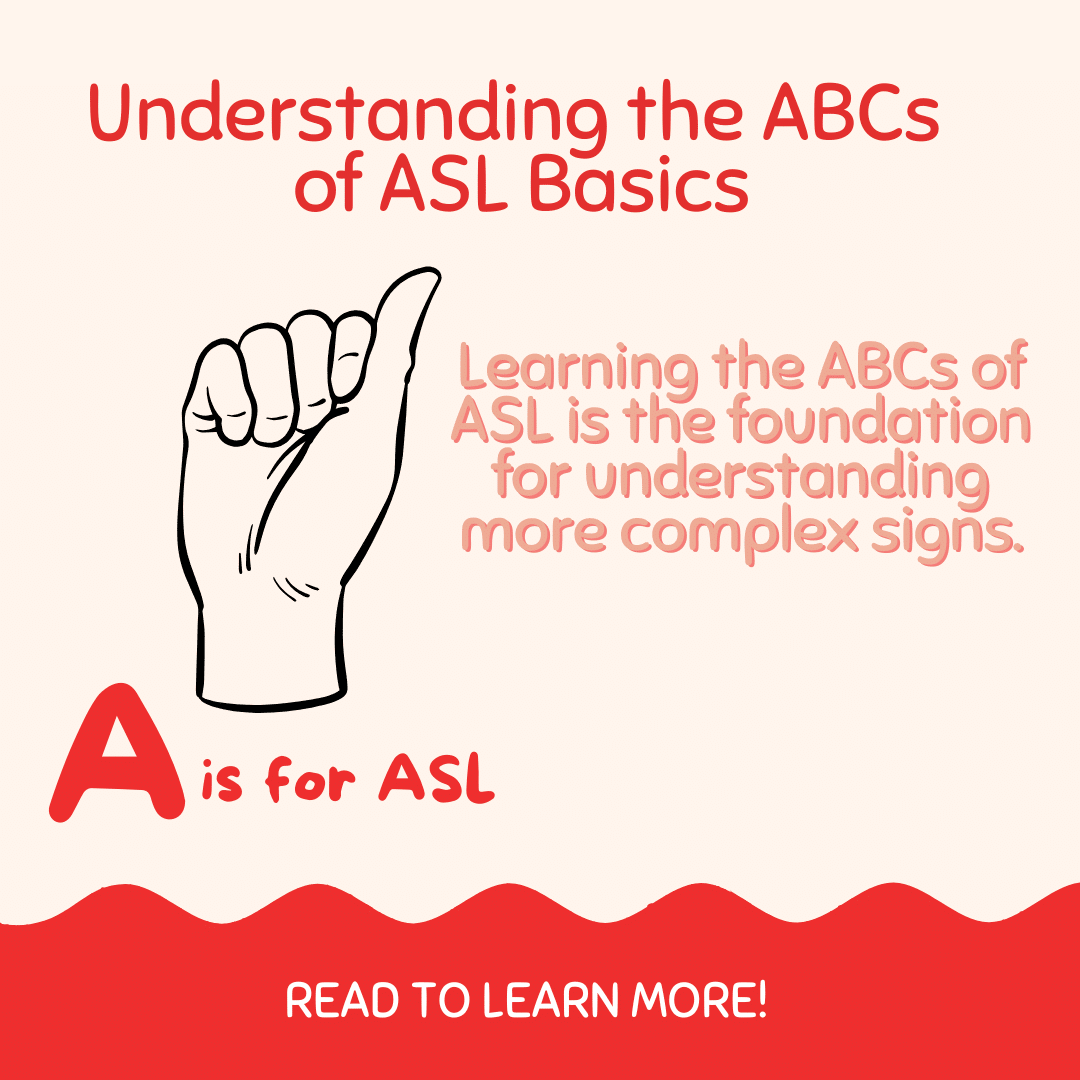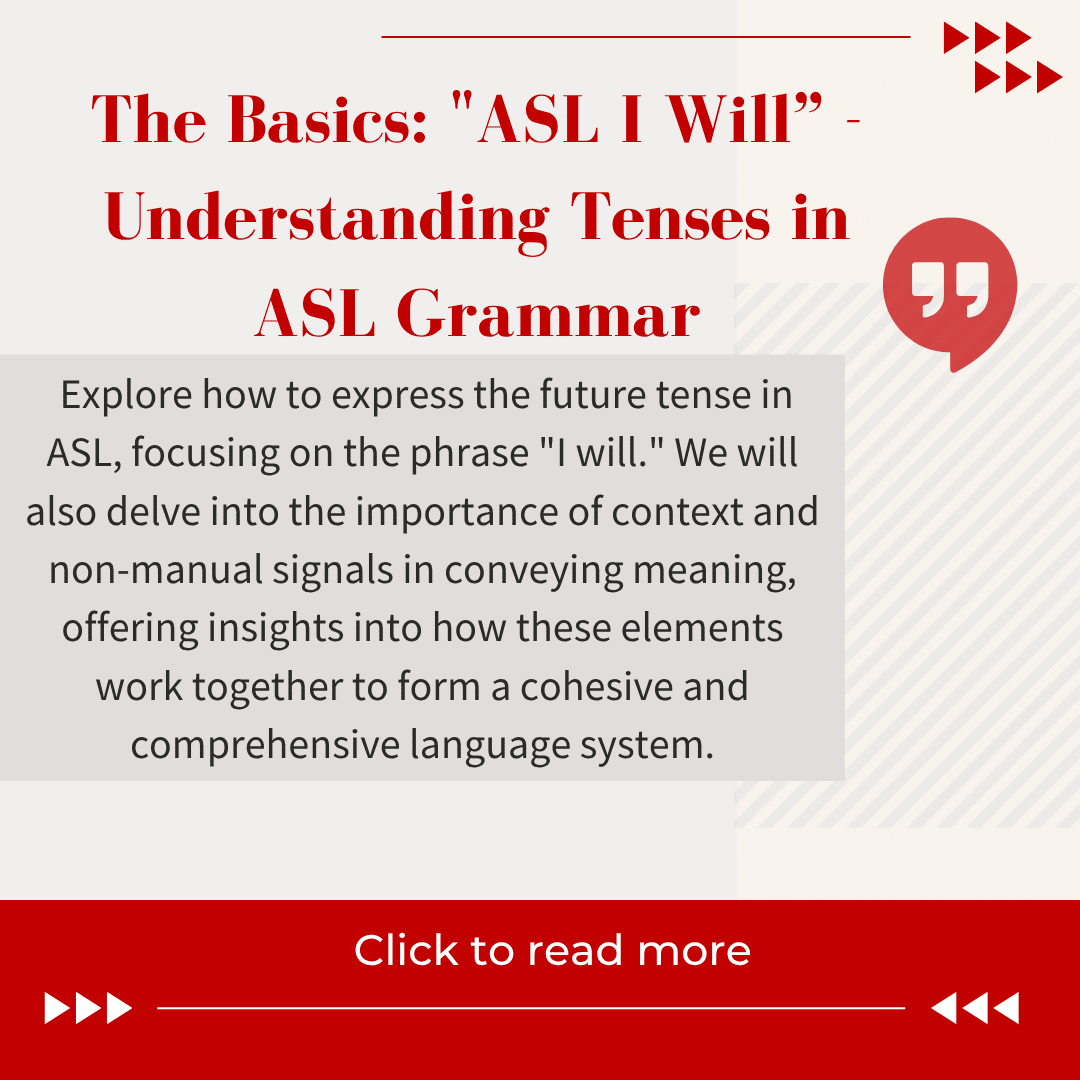
Sign Language Instruction: ASL 2 – Unit 4 Sample
In this unit sample of the free American Sign Language instruction, you will be learning about temporal aspect.
Temporal Aspect
Temporal aspect means showing how the verb is being done with relationship to time. You can inflect verbs to show frequency and duration – if something is being done regularly, continually, repeatedly, or for an extended period of time.
You would use the following motions (and appropriate facial expressions) to show each:
- Regularly: Repeated straight line movement, “cs” non-manual marker
- Continually: Repeated small circular movement, “mm” non-manual marker
- Repeatedly: Repeated straight and circular movement, “sta-sta-sta” non-manual marker
- For an extended period: Repeated large circular movement, “cheeks puffed” non-manual marker
Regularly
If you want to show that you study regularly, you would sign STUDY with a few straight movements toward your non-dominant hand with the appropriate facial expression. You would normally use this inflection if you are describing doing something frequently and its normal for you to do so.
EVERY-WEEK ME (STUDY”regularly”)”cs”)
Continually
If you want to show that you studied continually, you would sign STUDY with a repeated circular movement and the appropriate facial expression. You would normally use this inflection if you are describing doing something over a period of time, but the duration isn’t too long for you.
TODAY ME (STUDY”continually”)”mm”)
Repeatedly
If you want to show that you study repeatedly, you would sign STUDY with a straight movement toward your non-dominant hand, pause, and then sign a circular movement back to sign the straight movement again. You would sign this using the appropriate facial expression as well. You would normally use this inflection if you are describing doing something over and over again, and this is something you are getting a bit tired of.
EVERY-WEEK ME (STUDY”repeatedly”)”sta-sta-sta”)
Extended Period
If you want to show that you studied for a long period of time, you would sign STUDY with slow, long, circular movements with the appropriate facial expression. You would normally use this inflection if you are describing doing something for an extended period of time that usually wouldn’t take that long (and you might not enjoy).
TODAY ME (STUDY”for a long time”)”cheeks puffed”)
You would choose the inflection you use based on how you perceive the action. For example, one person might use the “long time” inflection for “wait for three hours” while someone else might use the “continually” inflection for that same sentence because three hours doesn’t seem that long to that person.
Temporal Aspect Movements
You can see the movements for each inflection illustrated in the image below:

Temporal Aspect Examples
Examples of temporal aspect are demonstrated in the video below:
Take Our Free ASL 1 Course
This unit is just a sample of our complete course where you can learn American Sign Language quickly and easily. Enroll in our Free ASL 1 Course today!
Start Learning ASL Today!
 Ready to start learning real American Sign Language and not just basic signs? Do you want to be a part of the vibrant Deaf community? Check out our Free ASL 1 Course or our Complete 4-Level ASL Course options and start learning ASL today!
Ready to start learning real American Sign Language and not just basic signs? Do you want to be a part of the vibrant Deaf community? Check out our Free ASL 1 Course or our Complete 4-Level ASL Course options and start learning ASL today!








